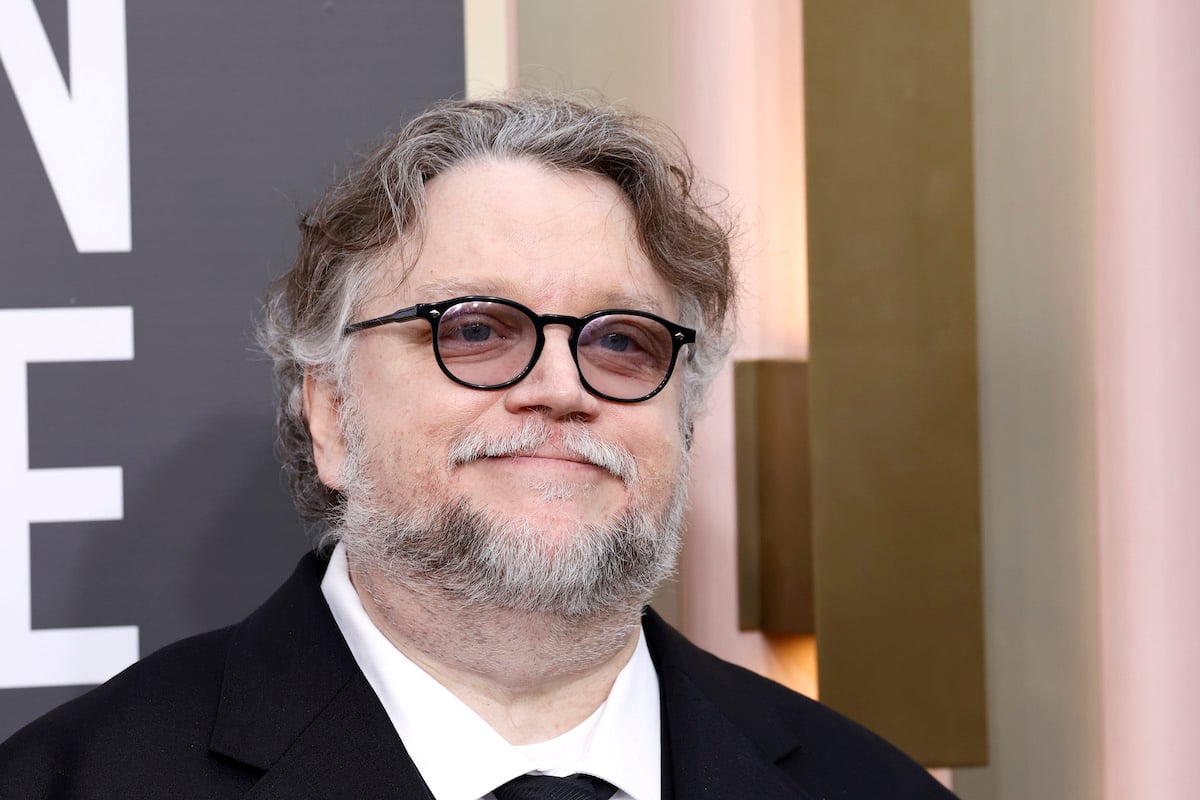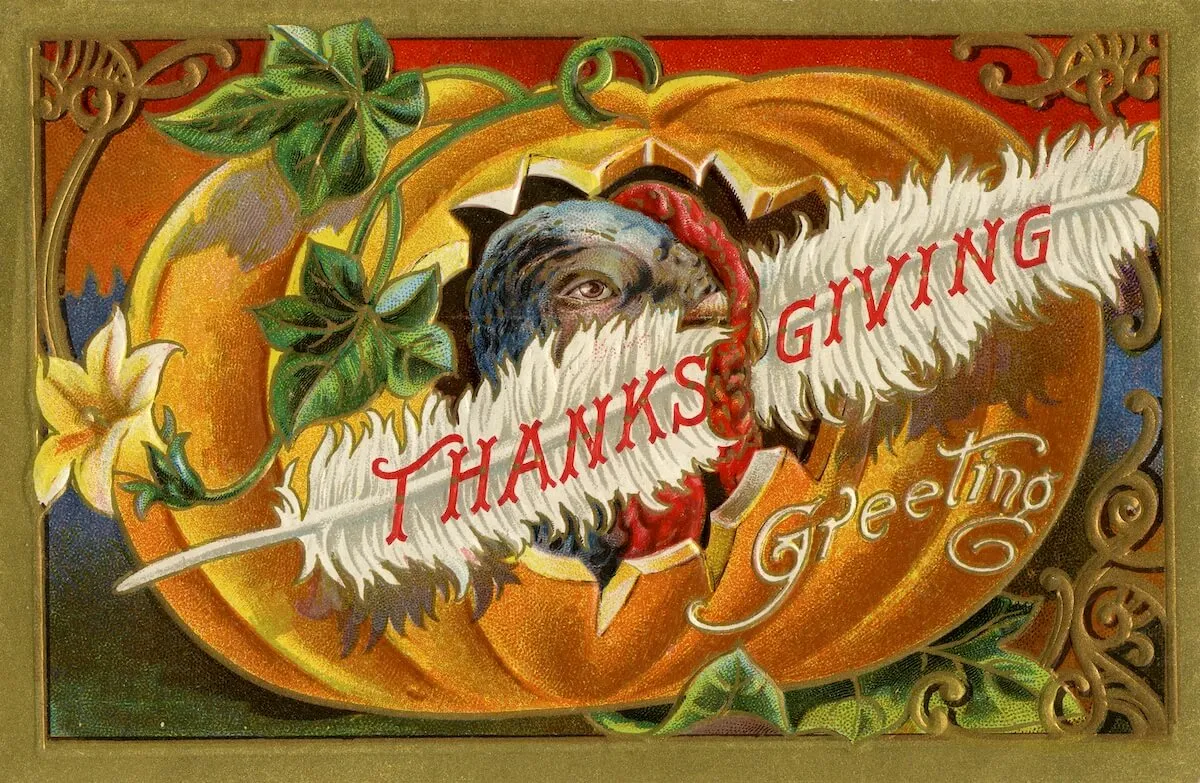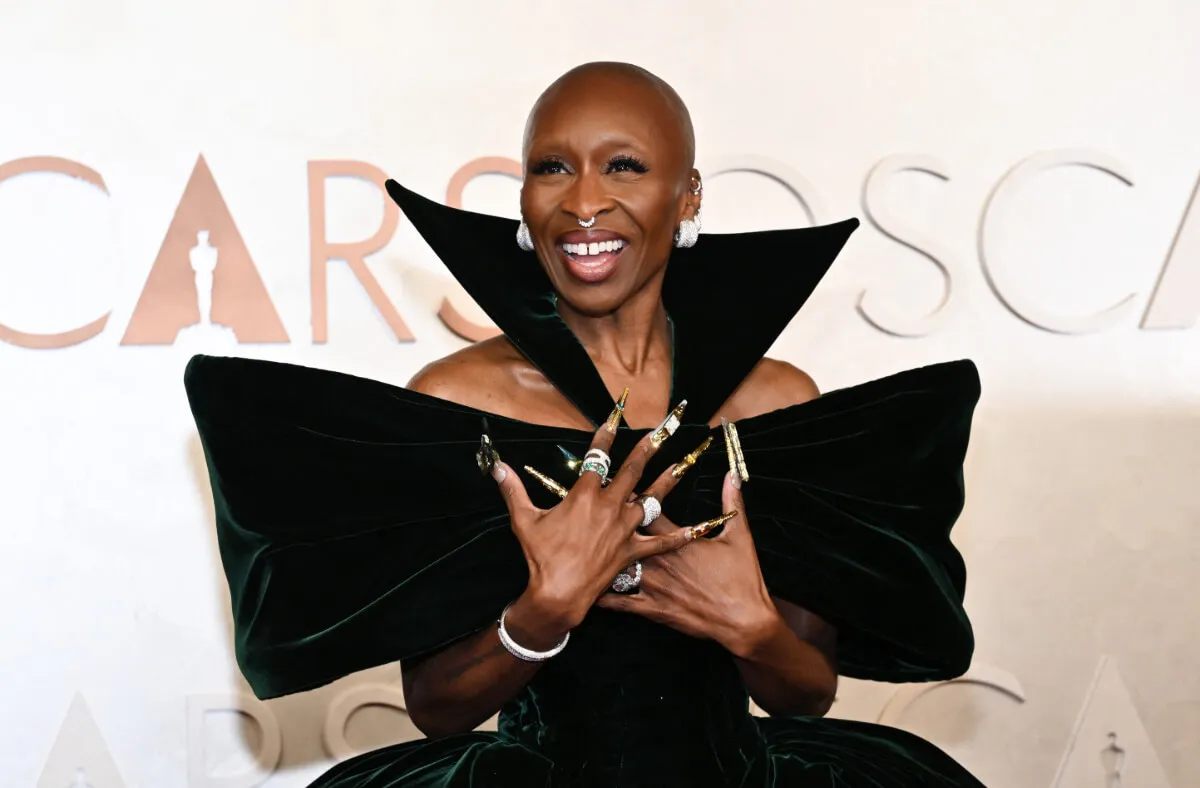
‘Guillermo del Toro’s Pinocchio’ Designed to Oppose Other Versions of the Story
The story of Pinocchio, originally a book by Carlo Collodi, is over a century old and has been retold in several movies over the last century. However, Guillermo del Toro’s recent adaptation for Netflix makes significant changes to the concept to transform its message. The structural shift in the storytelling works in concert with the striking stop-motion visuals that del Toro spent over a decade trying to convince studios across Hollywood was an aesthetic worth investing in.
Guillermo del Toro’s Pinocchio changes the narrative
Director del Toro has loved Pinocchio for as long as he’s loved movies. A childhood viewing of Disney’s 1940 version was a foundational experience for the filmmaker, but he always had an issue with the film’s conclusion that the main character had to become a “normal” boy to find happiness.
In del Toro’s hands, Pinocchio subverts other versions by viewing the puppet’s unique nature as something to protect rather than erase. Del Toro and his creative team, which includes co-director Mark Gustafson and co-writer Patrick McHale, make a lot of changes to the story to support their idea. Pinocchio takes place against the backdrop of fascist Italy prior to World War II. The villains of the movie, Count Volpe (Christoph Waltz) and fascist Podesta (Ron Perlman), have different plans for the wooden puppet, but they both want to control Pinocchio’s mind and body with little care for his own feelings.
Del Toro explained his desire to reinvent Pinocchio to this degree in a behind-the-scenes video on Netflix’s YouTube channel.
“Pinocchio is a tale that has lived through the centuries. I thought it would be interesting to do [a version] about becoming who you are, not transforming yourself for others, which goes counter to the traditional talk on Pinocchio,” he said. “And also, can something that was never alive become human? And what makes us human? We wanted to create a movie about a puppet executed by using puppets to tell the tale.”
The movie is a result of the director’s lifelong dream and over a decade of work to get it on screen

Del Toro’s Pinocchio was a long time coming. He first announced his plans to make his passion project in 2008, but the movie soon got caught in development hell. After several false starts and rejections from studios unwilling to give del Toro the budget he wanted, Netflix came in and saved the project in 2018.
Once he got the green light, the director went to Mackinnon & Saunders to make the puppets that would fulfill his fantasy of a stop-motion Pinocchio as detailed by Netflix Queue. Shooting began in January 2020 and continued for over a year. The pandemic obviously played a role in extending filming, but this style of animation will always take more time than more mainstream methods. With stop-motion animation, every frame of movement is set up by hand, so making a two-hour movie this way requires a ton of patience and attention to detail.
The most challenging animation in this film wasn’t the big spectacles, wasn’t the big action scenes. It was really the emotional moments between Gepetto and Pinocchio. Getting those just right and getting them to feel honest, we worked really hard on that,” del Toro said in a behind-the-scenes video for Netflix.
Pinocchio has a star-studded cast, but the director makes it a point to praise the animators as much as the actors. “We urged them to think through the puppet, to not do an action, to avoid pantomime, and to give us real acting,” del Toro said. “We wanted to shoot characters listening, receiving, and thinking. Moments that are not normally shot in animation.”
The novel approach has paid off. Pinocchio is one of the best animated movies of 2022 and won the 2023 Golden Globe for best animated feature.
Del Toro worked on several projects for Netflix in recent years
Del Toro has a long history with Netflix, which began with the Tales of Arcadia series, a franchise exclusive to the platform that follows various young heroes who realize that their hometown is the secret residence of various supernatural creatures. del Toro was a showrunner on a trilogy of shows in the Arcadia universe and also was a co-writer for the sequel movie Trollhunters: Rise of the Titans also released in 2021.
Del Toro also created the anthology series Cabinet of Curiosities last year, mostly backing away from the spotlight (he has a writing credit on two of the eight episodes) to allow other filmmakers to tell creepy gothic stories in line with his general aesthetic.


